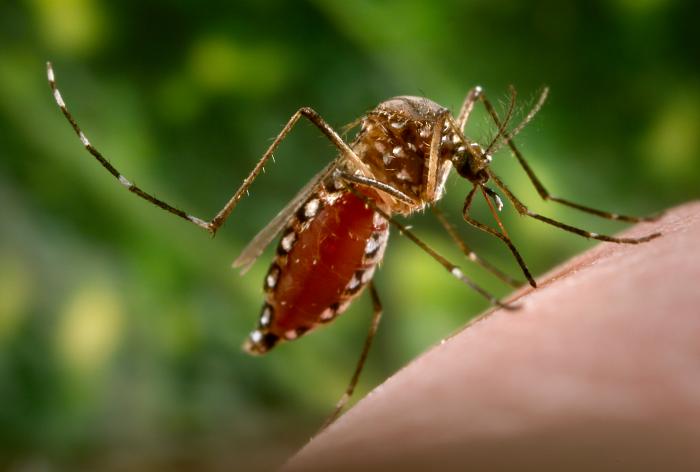In a follow-up on the yellow fever situation in Peru, UN health officials report that through the first week of May 2016, 32 confirmed and probable yellow fever cases were reported, including four fatalities.

Image/CDC
Of the 25 Departments of Peru, cases were reported in 6 of them, in which Junín, a region in the central highlands and westernmost Amazonia of Peru, has recorded the highest number of confirmed and probable (21 cases) cases.
The 32 yellow fever cases in Peru through May 7, 2016 is twice the total annual number of cases (confirmed and probable) reported in the previous two years.
Yellow fever is an acute viral hemorrhagic disease transmitted by infected mosquitoes. The “yellow” in the name refers to the jaundice that affects some patients. Symptoms of yellow fever include fever, headache, jaundice, muscle pain, nausea, vomiting and fatigue.
A small proportion of patients who contract the virus develop severe symptoms and approximately half of those die within 7 to 10 days. The virus is endemic in tropical areas of Africa and Central and South America.
Yellow fever is prevented by an extremely effective vaccine, which is safe and affordable. A single dose of yellow fever vaccine is sufficient to confer sustained immunity and life-long protection against yellow fever disease and a booster dose of the vaccine is not needed. The vaccine provides effective immunity within 30 days for 99% of persons vaccinated.
Related:
- Zika risk: Pregnant women should ‘think twice’ before traveling to Disney World, Florida says British professor
- Guinea worm disease: The final countdown
- WHO: ‘Cancelling/moving the 2016 Olympics will not significantly alter the international spread of Zika virus’
- Arizona measles outbreak now at 10
- Brazil reports 1.2 million dengue cases in first four months of 2016


3 thoughts on “Peru yellow fever update: 32 cases, four deaths through the first week of May”